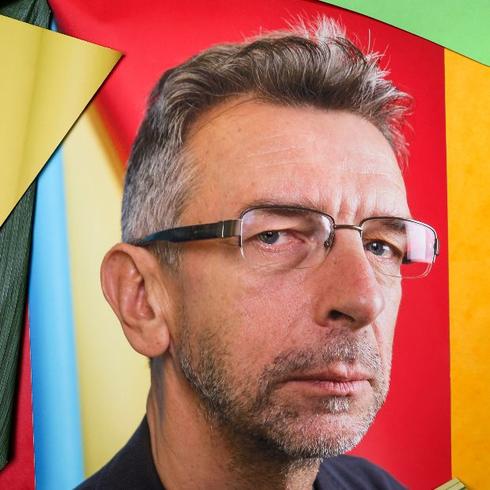
" Peregrinus Ecstatitus "
Concertor for clarinet and orchestra
Peters
SÉLECTION 2014
- Nominated for : The Musical Composition Prize 2015
- Winner : The Young Audience Prize 2015
PREMIERE
4/09/2013, à Helsinki Music Center. Christoffer Sundqvist, clarinette, Finnish Radio Symphony Orchestra, cond. Hannu Lintu.
NOTE
The title of the clarinet concerto Peregrinus Ecstaticus (‘Ecstatic Pilgrim’ in Latin) offers us a hint for the interpretation of the soloist’s character.
Imagine a pilgrim’s quest, full of obstacles and hazards, towards his desired goal; his perseverance and vigour alternating with exhaustion and fatigue; conquering actual physical obstacles combined with spiritual struggles...
The composition commences with an actively progressing theme in the lower register of the clarinet, supported by percussion instruments and the pizzicato of strings. Orchestral wind instruments are introduced as the clarinet moves into higher registers. It is as if the soloist sets the orchestra in motion, gradually invigorating it. The relationship between the soloist and the orchestra becomes increasingly interactive and as the piece progresses, it becomes unclear who is influencing whom.
The clarinet concerto consists of three movements that are performed attacca. The first movement also comprises three sections, as it reflects the structure of the entire piece. In the middle, cadenza-like section, time seems to stop and through this the soloist finds a new perspective and strength to continue the journey. The third and much more intense section ends with a big chord. Then, a wonderful world of microcosmos is opened up by “zooming into” the chord. This comprises the second movement that conveys introspection and illuminative colour solutions. Towards the end of the second movement, short passages with material from the third movement start cropping up and thus gradually form the transition to the third movement.
The relationship between the clarinet and the orchestra is in constant fluctuation, as impatient struggles and rapid ascents and descents are followed by focusing on moments that may transform into extensive enlightening visions in a different temporal dimension; these are, in turn, followed by ecstatic bursts of joy, etc.
However, this composition is not an attempt to describe such a journey. On the most abstract level, this is the very journey. I came up with this story and the title of the piece after I had already finished the score. Thus, this is not programme music. As I have also said earlier, I would be delighted if this piece inspired listeners to create their own “stories”, in the hope that the music touches the creative core of the audience.
Erkki-Sven Tüür

